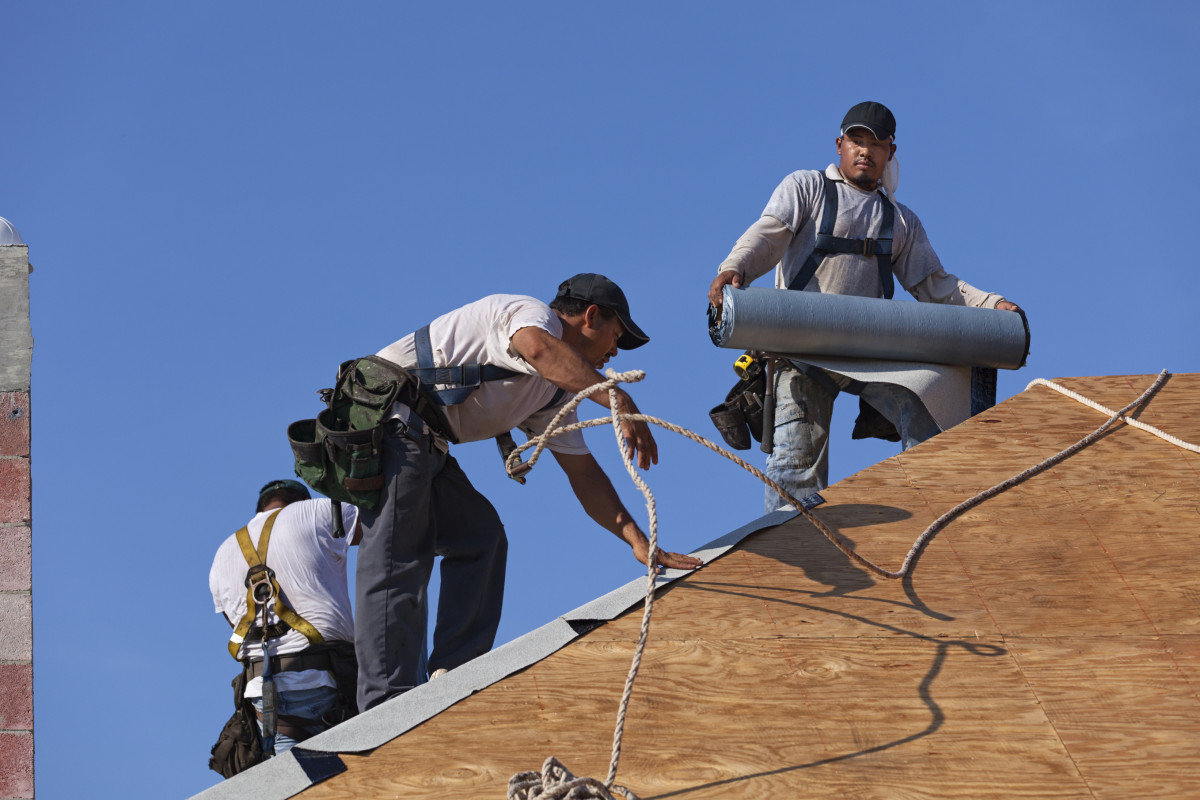OECD recommends RMA reform
21 Jul 2015, Featured, Industry News

The Organisation for Economic and Co-operative Development 2015 New Zealand Economic Survey, released in June, recommends a number of ways to boost the building and construction sector
In its report, the OECD recommends reforming the Resource Management Act to make building homes easier. It cites restrictive land use and planning regulations as two key factors behind the lack of housing supply.
“In general, the economic costs of environmental regulations are relatively high in New Zealand, which reflects comparatively heavy administration burdens associated with permitting and licensing,” the report states.
It adds that the burden falls disproportionately on the building sector, because the majority of RMA permits are issued for landuse. Earlier in the year, a Motu Economic and Public Policy Reseach report stated that current regulations, including land use and planning rules, may have added between $32,500-$60,000 per dwelling on subdivisions and $65,000-$110,000 per apartment. The OECD said this causes increased construction times and reduces the likelihood of development, particularly of affordable housing.
The report states that because of the delay, the price responsiveness of New Zealand’s housing supply is slower than the best-performing countries.
The OECD’s recommendations included that central government should provide regional authorities with better guidance around the implementation of the RMA and other environmental planning regulations. It also recommended reforming the RMA to better incorporate urban developments and adopt spatial planning systems for all urban areas.
The Government proposed major RMA reforms earlier this year, but was forced back to the drawing board after New Zealand First leader Winston Peters won the Northland by-election, meaning National didn’t have the votes it needed to pass the changes. It’s expected smaller scale changes will be made to the RMA later this year.
Construction job vacancies hard to fill
Statistics New Zealand’s 2014 Business Operations Survey showed that job vacancies in construction were the second-hardest to fill by industry.
The OECD’s report suggested that the doubling of KiwiSaver Homestart grants for new homes could add additional pressure to the already strained sector in some regions, by distorting choice in favour of new builds.
Since 2011, there has been a rapid expansion in Essential Skills visas, both for construction-related and other jobs. While suggesting immigration was the best way to meet the shortage in the short term, the report also highlighted the need to better promote training and skills development, including apprenticeships, in the sector.
Recommendations included strengthening the quality of apprenticeships to offer straighter paths into jobs and providing stronger incentives for completing apprenticeships.
Wages remain steady
While the demand for skilled labour remains high, aggregate wage rises in the construction sector haven’t been significantly out of line with other industries. This reflects the trend seen during the last construction boom, when there was a similar lack of wage pressure.
Main image: The OECD suggested that skilled immigrants were the best way for the building and construction industry to fill the skilled labour shortage
Register to earn LBP Points Sign in
1 Comment
Leave a Reply
You must be logged in to post a comment.




supply and demand always effect price of housing